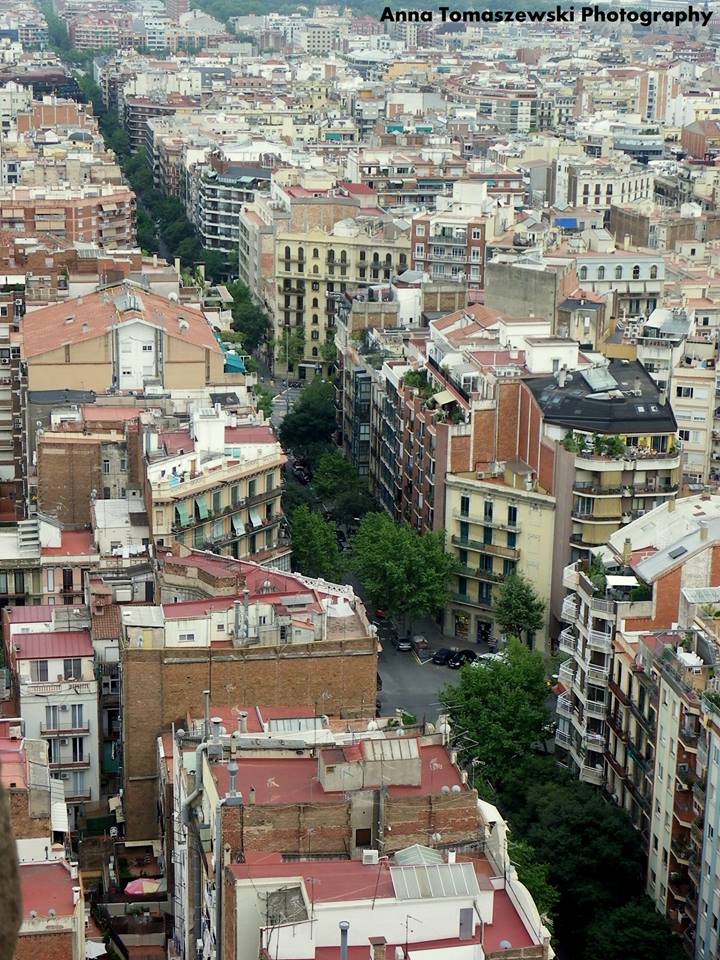5 Places You Must Visit in Europe During Summer!
The Old Continent has many breathtaking cities and regions you absolutely have to visit and some of them are especially beautiful in the summer. These places flourish with warm weather, their streets cluttered with tourists; being there means having the time of your life! So we bring you a list of the five must-visit European summer destinations!
Lisbon, Portugal

Lisbon Panorama. Photo by Anna Tomaszewski. Licensed to CosmoBC.com
Located on the edge of the Atlantic Ocean, Lisbon is known for white limestone architecture, and small alleyways. The symbol of the city is the Cristo Rei, a statue of Jesus Christ over one hundred meters tall, located on the bank of the Tejo River and often compared to the one in Rio de Janeiro. Lisbon offers countless attractions, but you should not miss exploring Ifama, the city’s oldest district, with its old streets and labyrinth alleys, dotted with historical landmarks and small restaurants and coffee shops. It’s also the location of Castelo de São Jorge (the castle of St. George) which will provide you with a breathtaking look over the whole city.
Budapest, Hungary

Chain Bridge, Budapest, Hungary.
The capital of Hungary, often called the “Paris of the East”, is a city of classical music, exciting and rich nightlife and a long history. Its unique atmosphere brings together the spirit of old Budapest, with its rich architecture and cultural monuments, such as the Banks of the Danube (because of which the city found its place on the UNESCO World Heritage List), but with a dash of new youthfulness created by the city’s clubs and bars. Be sure to check out garden bars (called kertek) and ruin pubs (romkocsma) and the famous thermal baths, some of them even four hundred years old.
Sibenik, Croatia

Waterfront of Sibenik, Croatia.
Croatia’s idyllic coastline made it into a major European tourist destination; people love its beautiful beaches, preserved nature, the calm and warm Adriatic, thousands of islands and the charming Mediterranean towns. One of such towns is Sibenik, located in the heart of Dalmatia, the country’s largest coastal region. A favorable location in the vicinity of several Croatian National Parks as well as plenty of accommodation options made it a tourist favorite; some are so enchanted by the town that they buy a property and come back every summer. Sibenik’s old core is still preserved and is recognizable by its stone architecture; the main attraction of this kind is the Cathedral of St James, a UNESCO World Heritage site. The Kornati archipelago, probably the most beautiful archipelago in the Adriatic, is located just northwest of Sibenik, and exploring these magnificent islands is pretty common among all who visit.
Prague, the Czech Republic

Charles Bridge in Prague, Czech Republic.
One of the largest cities of Central Europe, Prague is famous for its cathedrals, bridges, and towers. Its historical core is a mixture of walled courtyards and lanes with a magnificent ninth century castle which dominates the premises. But the city on the Vitava river is also known for its art (it is the home of the Czech National Gallery and the Czech National Museum, along with dozens other cultural centers), energy, warm locals and cuisine – the whole Czech Republic is known for its breweries so be sure to try some famous Prague ales and beers in the city pubs (called hospoda).
Barcelona, Spain

View of Barcelona from La Sagrada Familia tower. Photo by Anna Tomaszewski. Licensed to CosmoBC.com
Barcelona is the second largest city in Spain and the capital of the region of Catalonia. The city has a two thousand year old history and is perhaps best known for hosting the 1992 Olympics and the world famous football club bearing the city’s name. It is a major tourist attraction with its outdoor markets, shops, museums, walking tours and beaches – crowded during the warm summer months. The first places you should visit are the Ciutat Vella or the Old City, the core of the city, and the La Sagrada Familia cathedral, its landmark masterpiece made by the architect Antoni Gaudi. Although never finished, the cathedral’s size is no less than impressive– it’s exactly as tall as the hills around Barcelona – because Gaudi felt that no man-built creation should be larger than God’s creations.
Would you like to receive similar articles by email?




